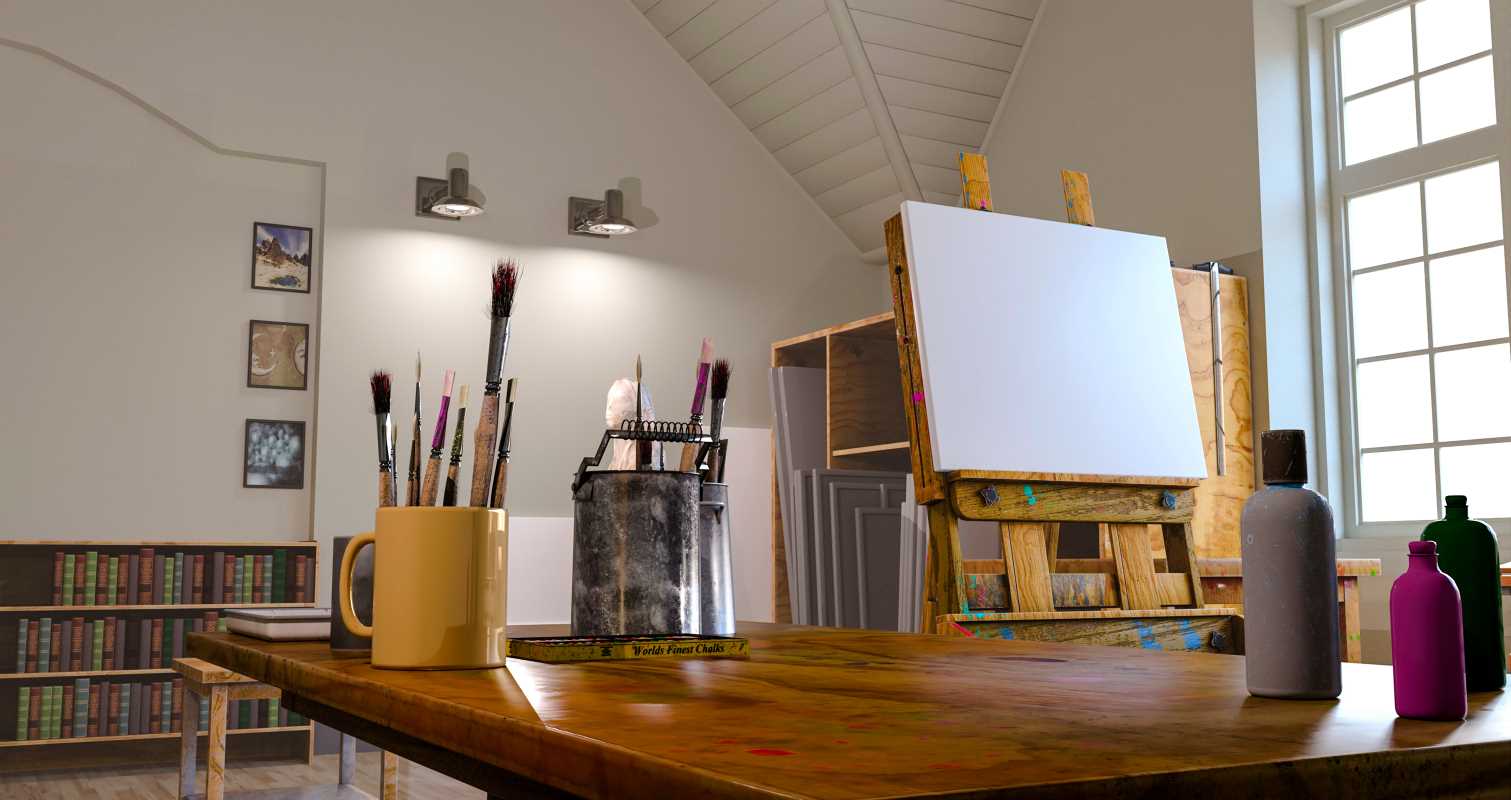Choosing where to go to college is about more than just earning a degree. For students passionate about creativity, like painting, sculpting, graphic design, or poetry, the right environment can be a launchpad for a rewarding future. Smaller schools that focus on the arts often go past traditional lessons, offering hands-on experiences, close mentorship, and room to try out new ideas. These campuses are an excellent fit for artists, writers, and designers who want to grow their skills while exploring a broad range of subjects. We will explore what makes these colleges so well-suited for aspiring creatives, what to look for in a great program, and which institutions stand out. By the end, you’ll have a clearer sense of whether this path belongs on your college list.
Why Small Colleges Help Creative Students Thrive
A well-rounded education that covers many disciplines leads to personal and artistic growth. Creative students benefit from exposure to history, science, and the humanities. Visual artists who understand psychology, writers with a background in science, and designers with insight into culture develop richer, more dynamic work.
Small class sizes and a close-knit academic community mean students can build strong bonds with their professors. Personalized feedback, regular mentorship, and conversations about creative direction help individuals refine their personal style. Open, supportive communities foster collaboration and push students to experiment or take risks with their work. Many schools that focus on the arts also host exhibits, literary magazines, and design showcases, providing opportunities for students to share their work beyond class.
A Chance for Exploration and Flexibility
Creative students benefit from educational freedom and the ability to mix subjects. Many schools encourage double majors or adding minors in fields that spark curiosity. For example, a student in graphic design might take classes in anthropology or psychology, while a poet could deepen their work by studying environmental issues. This flexibility lays the groundwork for unique projects and opens doors to unexpected opportunities.
What to Prioritize While Searching
Not every school is created equal, so it’s important to understand what sets each program apart.
Standout Programs in the Arts
Look for institutions with a reputation for excellence in visual arts, writing, or design, and that offer the facilities and resources needed to support growth. The best programs have faculty who are working professionals, galleries for student work, connections with industry partners, and solid internship options. For instance, a campus with an on-site art museum, a student-run literary publication, or established industry ties provides extra layers of support.
Practical Learning for Real-World Success
The most effective creative programs also focus on hands-on learning. Studio courses, internships, workshops, and time spent abroad in art-rich cities all help build practical skills and industry connections. Programs that include residencies, co-ops, or required internships make the transition to work life much smoother.
Faculty Who Mentor and Inspire
One of the biggest advantages of a small school is access to passionate, engaged professors who are active in their fields. Mentors provide professional advice, guidance on projects, and personalized feedback that help creative work stand out. When researching colleges, review faculty bios to see if their interests and credentials match your own goals.
Collaborative and Supportive Campus Life
Creativity flourishes where students can learn from each other in a supportive atmosphere. Peer feedback, group critique sessions, and student-run clubs all promote creative growth. Schools that encourage extracurricular activities (such as theater productions, music events, or campus art festivals) build vibrant environments that shape the student experience.
Excellent Schools for Artistic Ambitions
Several colleges in the U.S. have become known for helping creative students launch their careers. Passionate faculty, practical curriculum, and strong networks make these institutions worthy of consideration.
Rhode Island School of Design (RISD)
RISD, based in Providence, has a long-standing reputation for excellence in art and design. It offers focused programs in areas like textiles, sculpture, and photography. Studio spaces mirror what artists use professionally, and collaborations with Brown University allow students to expand their studies even further.
Oberlin College
This campus is great for students who want to combine art with a sense of social purpose. Classes often touch on current cultural trends and encourage students to use their talents for positive change. Facilities include the Apollo Theatre for filmmakers and outlets for writers and visual artists.
Savannah College of Art and Design (SCAD)
SCAD stands out for pairing academic freedom with career-focused preparation. Degree paths in fast-growing fields like gaming, animation, and fashion leadership blend classroom study with hands-on projects and industry connections.
Hamilton College
Hamilton has earned a reputation for helping writers find their voice. Small workshop classes, close mentorship from published authors, and a campus culture focused on sharing and publishing creative work make it an outstanding choice for storytelling.
Bard College
Bard takes an experimental approach to arts education, encouraging students to mix classic techniques with new ideas. Many graduates go on to exhibit their work internationally or publish books. Its Center for Curatorial Studies is a top resource for those interested in both creating and curating art.
Creative Careers: More Open Doors Than Ever
Industries like advertising, gaming, video production, and publishing are constantly seeking creative thinkers. The skills developed at these colleges, problem-solving, collaboration, and critical analysis, apply in many fields.
Not every role requires advanced technical expertise to start. Graduates have worked in motion graphics, branding, copywriting, and even emerging fields like augmented reality design. Hamilton writers might craft scripts for games or explain software to users, while RISD alumni could help brands reimagine their product packaging.
Should You Choose a Liberal Arts Path as a Creative?
Students who want meaningful, impactful work find great value in these college programs. The supportive networks, broad course options, and skilled faculty help students polish their craft and prepare for the realities of creative fields. Close relationships with professors boost confidence and foster both professional and personal growth.
Choosing a college is ultimately about aligning your goals, interests, and learning preferences with what a program offers. Research carefully, reach out to current students, and visit campuses whenever you can. Finding the right fit unlocks potential and lays the groundwork for a creative, successful future.
 (Image via
(Image via





